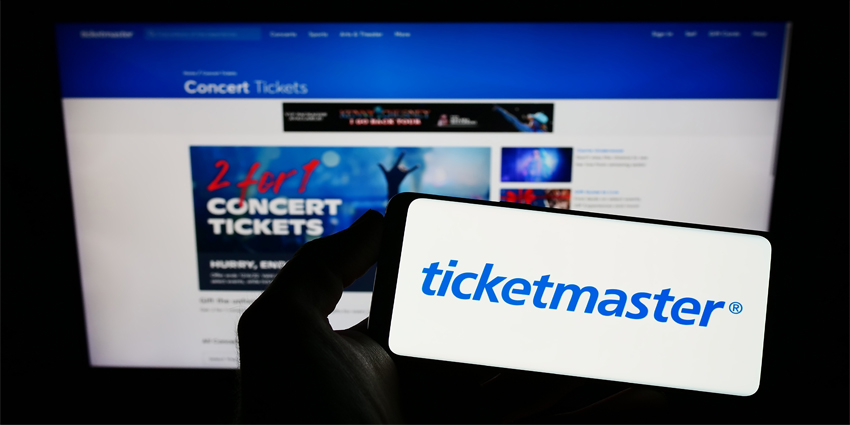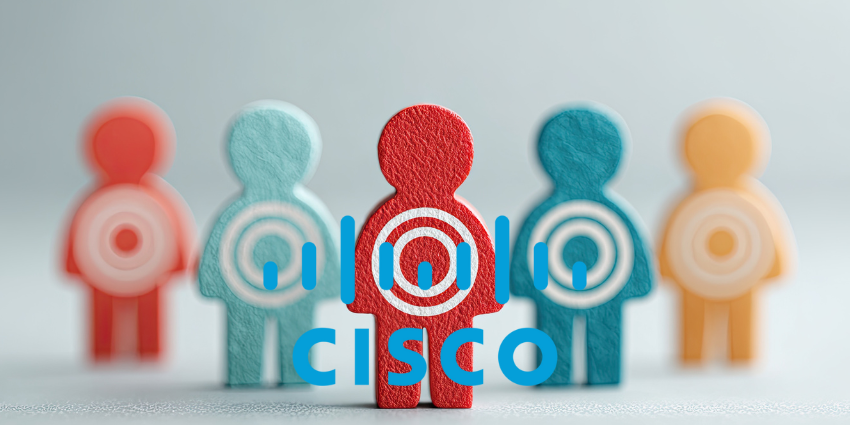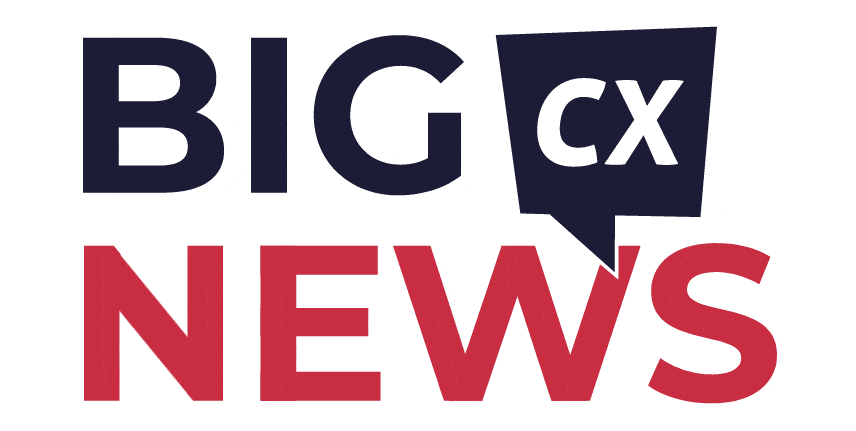Few brands are more synonymous with customer frustration than Ticketmaster.
From the Taylor Swift Eras Tour meltdown to the very recent Oasis ticketing controversy in the UK, it has become shorthand for poor CX. But beyond the headlines lies a deeper lesson — one about legacy systems, scaling, and trust.
This article provides five simple lessons that a company running a high-demand business can learn from Ticketmaster’s blushes.
1. Scale for the Peaks, Not the Averages
Ticketmaster’s core challenge is one many CX leaders dread: millions competing for limited stock in tight windows.
Its proprietary “Smart Queue” exists to throttle load and shield downstream systems. Yet in peak moments, customers still report getting frozen, misclassified as bots, or arriving at checkout only to find their preferred tickets gone.
The lesson? Don’t just test for normal load — simulate real-world stress, use cloud elasticity, and build adaptive load balancing so your journey holds up when it matters most.
2. Transparency Before Surprise
Take the Oasis 2025 tour row: cheaper ticket blocks vanished rapidly, leaving only higher-priced options — and fans had no advance warning.
While the UK Competition and Markets Authority has pressured Ticketmaster to give clearer advance notice before using variable pricing, that doesn’t go far enough.
In CX, surprises are failures. Whether fee structures or tiered inventory, customers deserve clarity upfront, not just at checkout.
3. Anti-Bot Defense Without Alienating Fans
Scalpers must be stopped, but Ticketmaster’s anti-bot systems often misfire, resulting in genuine buyers getting booted from queues after long waits.
The balance is delicate — too loose, and scalpers win; too strict, and you alienate your real users. For CX teams, false positives erode trust just as surely as undetected fraud does.
4. Edge Modernization Isn’t Enough
Ticketmaster’s “Host” system — its decades-old seat management backbone — is generally regarded as rock solid. The friction appears to come in the newer layers: APIs, bot checking, and queuing logic built to interface with web and mobile fronts.
To its credit, Ticketmaster employs Fastly’s edge network and containerized microservices to scale workloads. It has also invested in cloud automation and APIs for real-time partner integration.
But winding modern services around old systems brings its own risks. Wrapping new functionality over legacy systems may work temporarily, but it also introduces latency, bottlenecks, and fragile integration points.
5. Trust Is the Ultimate Currency
Late-revealed fees, sudden price jumps, hidden lockouts — each instance reinforces the perception that the system is rigged against everyday users.
Trust can’t be cached or containerized. It must be earned via systems that deliver, communication that’s honest, and respect for customers’ time and money.
Ticketmaster remains dominant thanks to Live Nation’s power, but its CX cracks are widening. Regulators, competitors, and consumers are taking notice. Artists are wondering if alienating their fans is worth the revenue trade-off.
For any business in a high-demand digital space, the warning is clear: don’t just modernize the edges — redesign the experience from ground up where and when you can. Reliability, transparency, and fairness are table stakes for winning trust.







